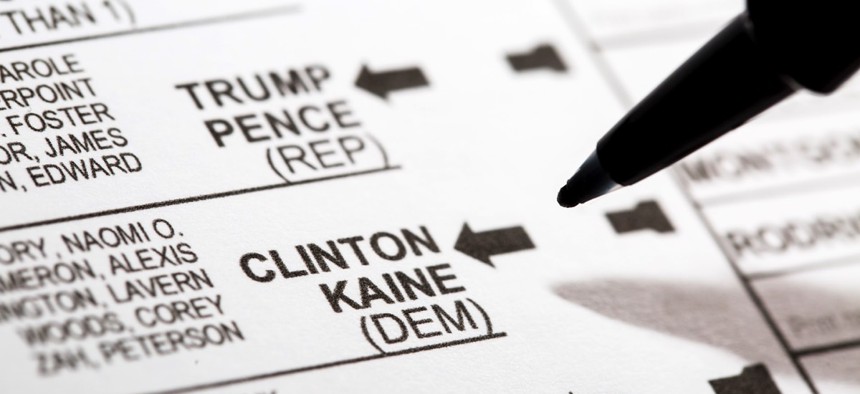Oregon’s First Test of Automatic Voter Registration Has Mixed Results


Connecting state and local government leaders
More than 230,000 people were registered to vote through the program, and 97,184 of them voted in the presidential election.
This article was originally published at Stateline, an initiative of The Pew Charitable Trusts, and was written by Rebecca Beitsch.
Nearly 100,000 Oregonians who otherwise may not have voted cast ballots in the Nov. 8 election after registering to vote in the state’s new automatic voter registration program, Democratic Secretary of State Jeanne Atkins said.
Nearly 43 percent of voters who registered automatically after visiting a Department of Motor Vehicles (DMV) office voted. That’s a lower rate however, than the 79 percent who registered by mail and through the secretary of state’s website.
Many states were eyeing Oregon which was the first to start automatically registering voters in an attempt to encourage more residents to vote.
Following a law passed in 2015, the state began automatically registering people to vote when they visited a DMV office, later sending them a piece of mail that asked them if they’d like to opt out of being a registered voter. More than 230,000 people were registered to vote through the program, and 97,184 of them voted in the presidential election.
Although this contributed to the highest number of voters Oregon has seen in a presidential election — 2.02 million ballots were cast —the 80 percent turnout rate was Oregon’s lowest in a presidential election year since the 2000.
Skeptics have argued that automatically registering people to vote may not lead to higher turnout because they don’t become actively involved — even if simply taking the step to go register on their own.
Of those automatically registered only about 20 percent of people responded to the subsequent mailed form and asked to be registered with a party, while the rest were automatically registered as unaffiliated voters.
Participation from those who were automatically registered showed a sharp distinction between those who had returned the form and selected to register with a party and those who did not.
Eighty-four percent of both Democrats and Republicans registered automatically voted in the election, just shy of the figures for those who were registered through other means. But 35 of automatically registered unaffiliated voters cast ballots in the election compared with nearly 60 percent who were traditionally registered.

NEXT STORY: California’s Newest Sanctuary City; Higher Taxes for Chicago Families




